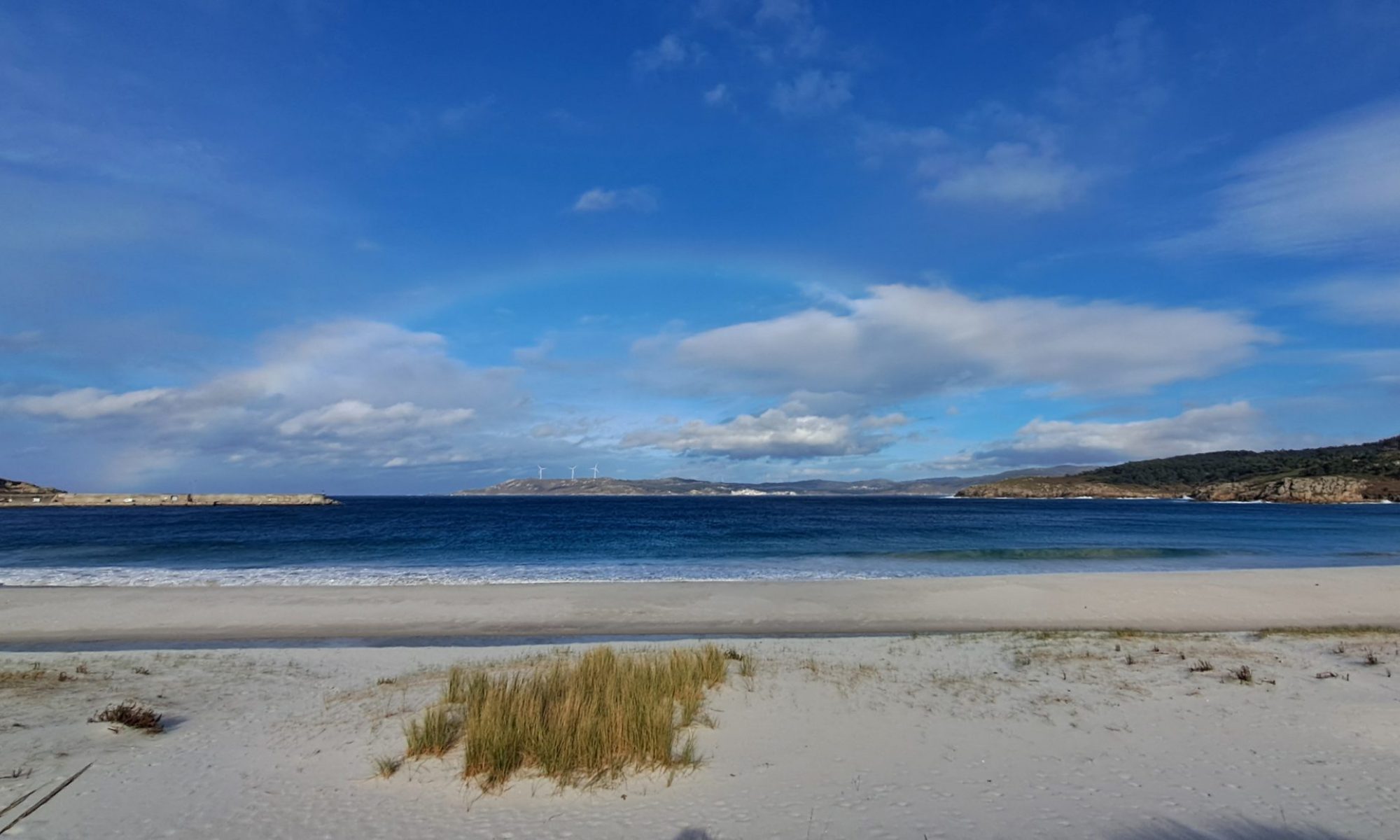I’ve just completed FSRT Provider Training (also called Orientation for some reason). It was a course run by British Canoeing (BCU) and taken by Sean McGrath at Teesside White Water Course.
February is not a great time to run this course, it involves prolonged exposure in the water. I had to buy a drysuit for the course which along with a fleece under layer and a skull cap and wet shoes still meant my hands froze off. But I’m quite pleased at how my fragile head didn’t give in.
There were 6 of us on the course, two of us club coaches and the rest professional canoe coaches. I was surprised to find you can be a WWS&R provider before you can be a FSRT provider.
Anyway here’s some notes for my own use and anyone else who’s interested.
Ratios are 1 staff to 6 students. Often run as 2 staff with 9 to 12 students.
The aim is to give students a solution to every problem on the syllabus. Some solutions may be more appropriate for different students depending on strength of rescuer, strength of swimmer, craft used etc so providers will need to know them all. Some solutions can be used for multiple jobs.
All BCU courses take longer to run the syllabus properly than the recommended time allows. Ideally run FSRT over 2 days or split over several but usually it’s run over 1.
Self rescue on the course notes can still use another paddler e.g. Eskimo rescue or asking for help with their craft.
We started by discussing some basic points to teach for clothing, Canadian boats, kayaks. For Canadian boats I came up with buoyancy in both ends (at least), grab handles at both ends on strong points, pinters of appropriate length at both ends and ready to deploy and know the fittings of your boat. We played a game of explaining it while the other person said Kabaddi repeatedly in one breath (an Indian game) to check it was concise enough.
We did tows. For a Canadian tow knees on the other boat’s painter (or quick release knot).
When doing shout to rescue make eye contact and use the other person’s name.
Throwlines always need lots of practice. Re-throws lots more (although they’re rarely used). One technique shown was to make large coils on ground then a handful of small coils in hand then wrap those coils in the throw bag, pick up the other end and throw the bag hard and overhand.
My paddle presentation Eskimo rescue failed because the paddle slipped off. It’s not normally used in general purpose kayaks however.
Getting a swimmer into a kayak or Canadian can be done with a straight lift by the swimmer into boat, heel hook also available but can be more faffy. It can be done with the swimmer going over your boat as a step up method.
Emptying a full kayak needs far hand at front of cockpit lifting up and near hand on side of boat pushing down. When empty swing onto your boat to sea-saw but if there’s still water in the back (if it has a convex back then the buoyancy bags will leave a gap) then don’t lift it on either get help or just leave some water in it. Use the near knee and lean under the boat and ratchet on to bring the boat over, don’t lift.
To rescue an open Canadian or sea kayak turn it upright in the water, go to the bow and put the craft at 45 degrees to your own then rotate boat away from you and use knee or gunwale to lift it and empty.
We played a game of running hugs, naming a person who then stayed still and you turn to be parallel and paddle alongside them and hug them to stop. Practice for positioning near their boat.
For unconscious paddler rescue tell the victim to play dead, let body go limp, hold nose and head raises to back of boat when upside down. Tell them to stay dead when uprighted so you can check airways. In real situation you’d need to jump out of boat if you didn’t get them upright. I told students to bang on boat if it wasn’t working. In real situation you’d make rafts to push them into shore.
My progression plan is to write lesson plans including teaching points/learning outcomes for each of the syllabus points.
Now I need to observe some courses being run then be observed.

